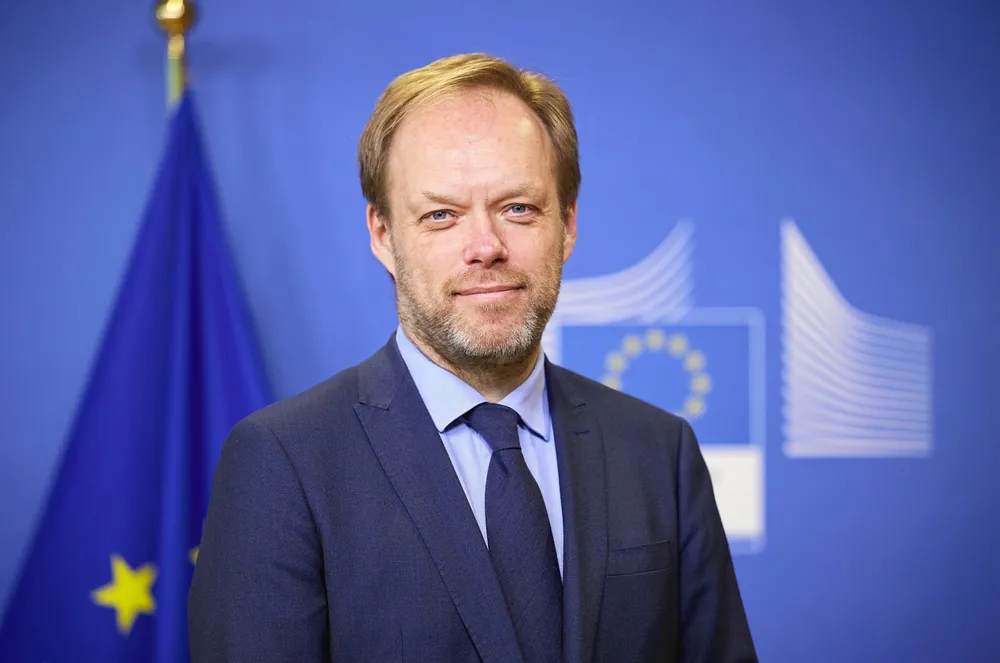Fifteen hydrogen projects to receive €1.25bn of EU innovation funding after signing grant agreements
Recipients include Fortescue, H2 Green Steel, Bosch, Iberdrola, Repsol and Topsoe

Recipients include Fortescue, H2 Green Steel, Bosch, Iberdrola, Repsol and Topsoe
